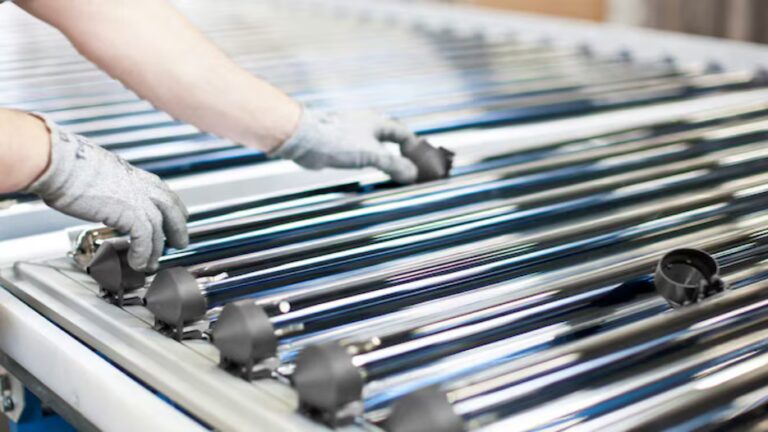This article was originally published in German by Tobias Stahl at Chip.de. The following is an English translation provided for informational purposes only. In case of discrepancies, the original German version shall prevail.
In winter, the sun is quite weak in northern latitudes – solar systems are therefore only of limited use for generating electricity. Researchers in Mainz are working on a solution to make use of stored solar energy from the summer months during winter.
Just like photovoltaic systems, solar thermal systems only deliver a fraction of their maximum performance in winter: weak solar radiation and short days mean that solar thermal energy achieves only about one-third of the output during winter compared to what’s possible in summer – even though heating demand is, of course, especially high in the winter months.
Since the effects of the seasons on the Northern Hemisphere can hardly be ignored or changed, experts like photochemist Christoph Kerzig from Johannes Gutenberg University Mainz are researching a way to “rescue” solar energy from the summer for use in winter. According to a report by SWR, so-called photoswitches could make this possible one day.
Storing solar energy in summer and using it in winter: How it works
Photoswitches are hydrocarbons that react sensitively to light. The molecules, only a few nanometers in size, change their structure when exposed to ultraviolet light from sunlight. In doing so, they store energy. Using a catalyst or an electrical impulse, the “charged” molecules can then be triggered to return to their original state, releasing thermal energy in the process.
The idea proposed by the researchers in Mainz: solar thermal systems could use a solution based on photoswitches instead of the water currently used, allowing energy to be stored during the summer and then used as heating energy in the winter months.
The principle is similar to that of heat packs, also known as “pocket warmers”: these store heat energy when placed in boiling water – later, when the metal disc inside is clicked, the packs release the stored heat. However, researchers still face several obstacles in applying this concept to solar thermal systems.
Photoswitches need to become more durable and efficient
So far, the molecules known as photoswitches or molecular switches are either stable for a long time and can store thermal energy for extended periods, or they can absorb and store particularly large amounts of energy – but not both at the same time. To be viable as heat storage over weeks or even months, they would need to do both.
“Eventually, they should be able to do both at the same time,” says Till Zähringer from Johannes Gutenberg University Mainz in an interview with SWR. One possible solution could be to combine the photoswitches with dyes. “By combining them with dye, we can now store visible light energy as well,” explains photochemist Kerzig. This way, the molecules could store six times more energy than in their normal state. However, the molecules would still need to become more stable – currently, they only last through a few storage cycles.
Cost is also a barrier to using photoswitches for heat storage. According to SWR, even a small pilot plant would cost several million euros. “If we want to use this on a large scale – in kilograms or even tons – we’re not there yet,” says Zähringer. Currently, it’s still far too expensive, he adds.
But the topic is far from fully explored:
The EU is also supporting the development and demonstration of a solar-based storage system as part of the “MOST” project. This system is based on a molecular approach that can capture solar energy at room temperature and store it over very long periods. The goal of the MOST project is to develop the molecular systems, as well as the necessary catalysts and devices, to the point where they outperform existing systems in terms of performance and scalability. However, it is still unclear if and when this will succeed.

